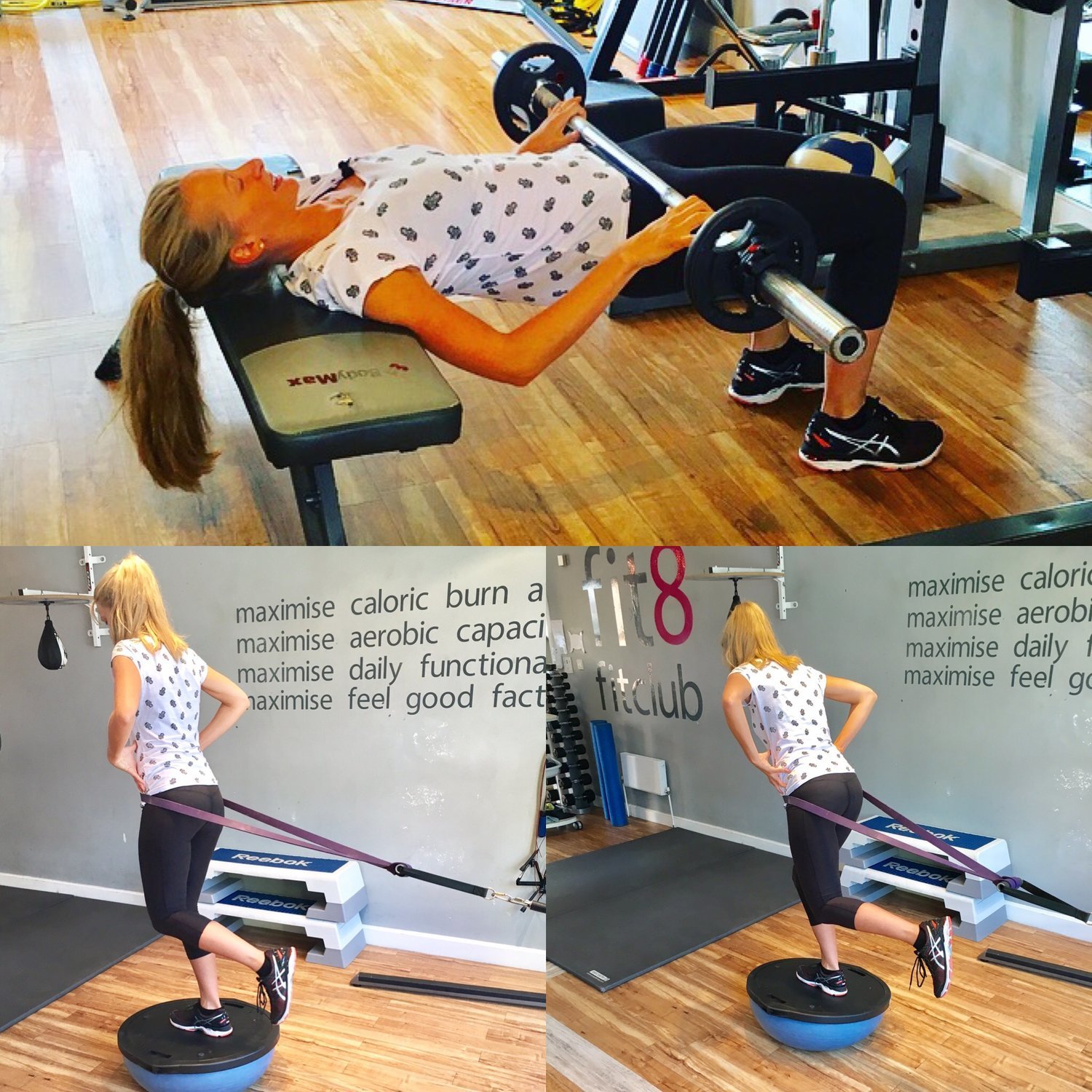Welcome to Reform Physio and Pilates!
I thought my first blog should elaborate a little on the purpose and particular benefits of Physiotherapy and Pilates. So here goes.
A lot of Physiotherapists offer ‘Clinical Pilates’ or ‘Physio-led Pilates’, and many teaching bodies educate physios in Pilates techniques, but it seems we have differing ideas as to what it actually is and that can be confusing, but here’s how we do it at Reform. Its Physio:Pilates
Physio:Pilates is not an exercise class
It is not a class where an instructor, who also happens to be a Physio, stands at the front and teaches you to do the same thing every time you come. You get confuddled about when you should breathe, and the class does the same non-specific exercises, with the same number of reps as the chap lying on the floor next to you. That is NOT going to make any significant change to your pain/movement patterns (although if it’s what you are doing then it is better than nothing!)
Physio:Pilates is prescribed treatment, exercise and education
While it uses Pilates principles and equipment to achieve individual goals, at it’s core it is Physiotherapy, designed to support and heal the body when you have a sports injury, are recovering from surgery or age or lifestyle are causing musculoskeletal problems. It’s about manipulating your muscles, soft tissues and joints in order to put them in the best environment for your body to heal. That’s what your clever bod does best and we are here to guide it.
How does Physio:Pilates differ from regular Physio?
In traditional Physiotherapy, manipulation is achieved through massage, joint mobilisation, electro-therapy, needling or exercise depending on the training of the practitioner, your body type and the nature of your problem. The acute phase of an injury tends to need more hands-on intervention and exercises tend to either run alongside that or towards the end of your treatment.
At Reform we provide that traditional treatment but we believe that from the onset of an injury it is important to stay mobile and fit; we don’t separate the two. Commonly, when injured we are recommended to rest, (and we should) but that doesn’t have to mean sitting still and losing fitness. Pilates equipment is so versatile that using physiotherapy knowledge you can adapt most exercises so you can still train and protect/rest the injured area at the same time.
Your body is still benefiting from the chemical/neuromuscular effects of exercise (encouraging the healing process) as well as maintaining range of motion, strength and condition elsewhere (making getting back to it much easier once you have recovered – BONUS!).

Doesn’t look like Pilates but it is Physio:Pilates!
You are maintaining 5 key principles of posture as well as the 6 key Pilates principles of Centering, Concentration (don’t laugh!), Control, Precision, Breath and Flow.
(In the bottom 2 pictures) With a Physio hat on we are working on proprioception (balance essentially) eccentric hamstrings, glut and core control, while loading the kenetic chain in a functional (ish) position.
Physiotherapy and Pilates are the perfect combination
We take all the knowledge we have as highly qualified Physiotherapists, and have basically stolen a lot of Pilates founder, Joseph Pilates’ key concepts, because they are excellent, concise (unlike me!) and should apply to all exercise.
For example, whole body alignment. Our muscles and joints have been proven to work best in their neutral position. They are at less risk of injury when used in their mid range. This is a Pilates philosophy, but is also used by almost every profession that works with a body because it looks better, makes us work better and not only does it make us heal better, but also helps us to resist injury.
I could go on, but in a nutshell the amalgamation of Physiotherapeutic techniques and Pilates principles works effectively to reduce pain and increase function.
It isn’t a quick fix, but it does have long term benefits and provides the added bonus of educating you about your body and what it’s saying to you more than any other type of Physiotherapy I have come across in 10 years of practice. Above all it works, and I say that with personal as well as professional experience.
For anyone who has ever had aches, pains and injuries, you know the frustration of having a body that hurts and won’t do what you want it to do. Physio:Pilates doesn’t just help you to recover, it helps you to stay fit in the process, prevent future injury… and its FUN!